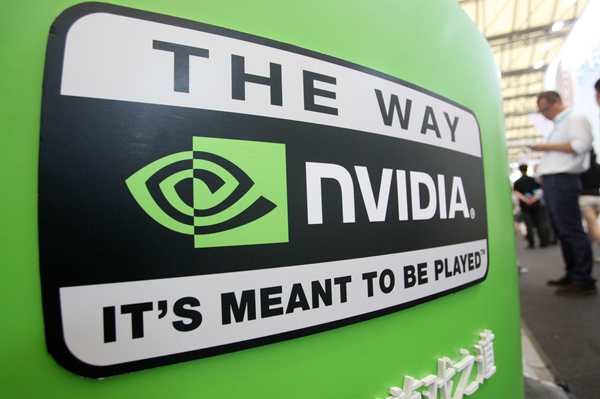In a recent speech,NvidiaCEO of the companyJen-Hsun HuangPaints a compelling vision of the future—Physics AI, this new wave of technology is quietly changing our world. He proposed that physical AI, orEntity AI, refers to physical systems that can simulate the co-evolution of intelligent organisms in terms of control, morphology, action execution and perception capabilities.
Huang Renxun emphasized that many current AI systems do not truly understand the laws of physics, nor can they conduct deep learning based on the material world. However, as technology develops, generating images, videos, 3D graphics, and simulating physical phenomena all rely on AI that can deeply understand the laws of physics.
Huang Renxun firmly believes that the era of robots has arrived. He predicts that in the future, all moving objects will be able to operate autonomously. Nvidia is accelerating the implementation of generative physical AI by promoting the development of the robotics stack.

Of particular interest is that Huang Renxun specifically mentioned two high-volume robotics products: self-driving cars and humanoid robots. In the field of self-driving cars, Nvidia has provided customers with a solution stack and plans to cooperate with teams such as Mercedes-Benz and Jaguar Land Rover. As for humanoid robots, he emphasized that the field has made significant breakthroughs in cognitive ability and world understanding, and humanoid robots have great potential because they are most likely to adapt to the world built by humans.
However, Huang Renxun also pointed out that compared with other types of robots, training humanoid robots requires a huge amount of data. But because they are similar in size to humans, demonstrations and videos provide them with a lot of valuable training materials. As technology continues to advance, we have reason to believe that physical AI will lead us into a new era of robots.